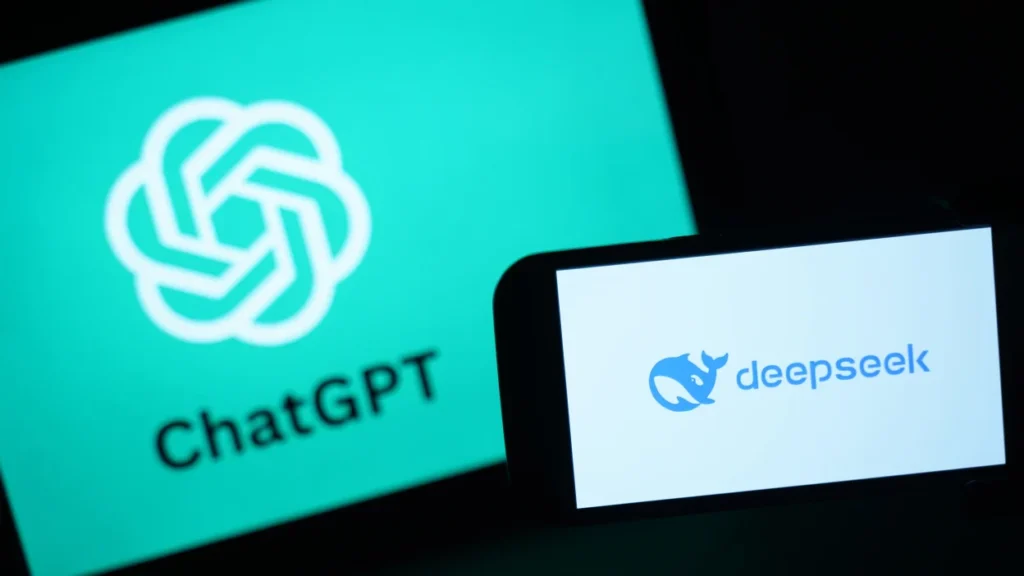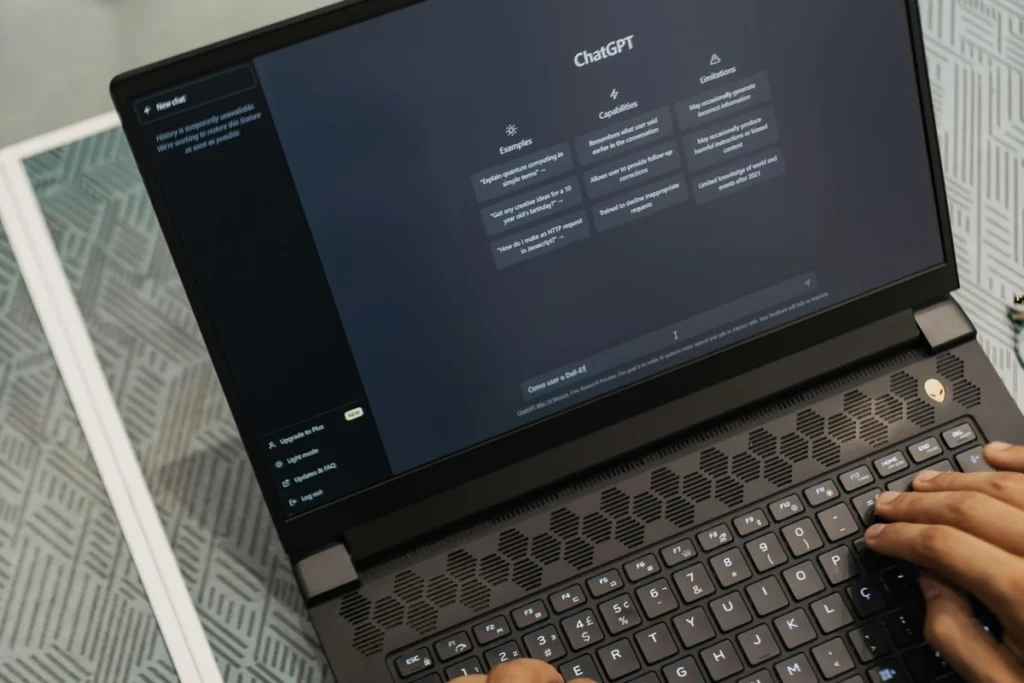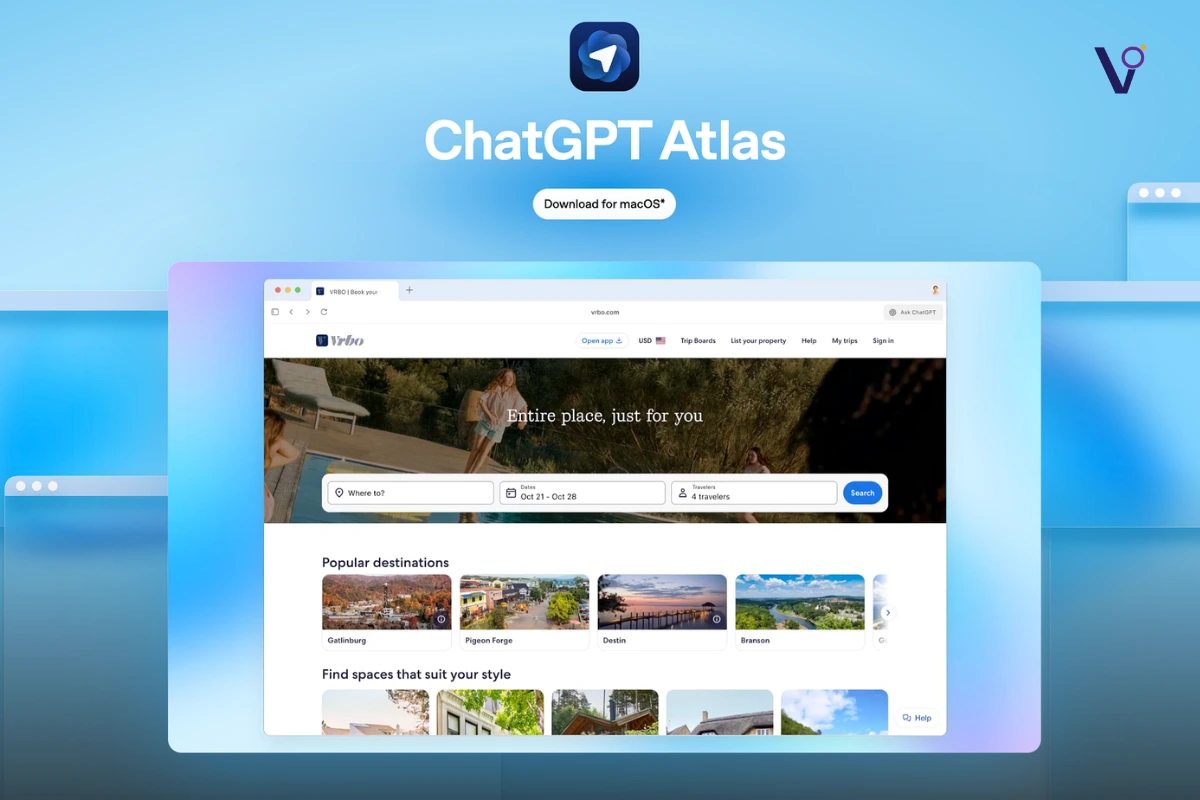In the world of artificial intelligence, where innovation is everything, a new player has entered the battlefield—DeepSeek. But instead of playing by the rules, they’ve allegedly pulled off a daring move: DeepSeek stole OpenAI’s tech to build their own superior model.
Does this sound familiar? It should. This story echoes the great Silicon Valley heist of the 1980s, where Apple and Microsoft “borrowed” ideas from Xerox PARC to revolutionize personal computing. Just like back then, the winner won’t be the one who invented the technology—it’ll be the one who figures out how to make it work for the masses.

DeepSeek Stole OpenAI’s Tech
After being dealt a serious blow by DeepSeek last week, OpenAI is now reportedly accusing the Chinese AI company of intellectual property (IP) theft. To make matters even more intense, another Chinese AI model has just entered the competition. If you’re just catching up, the story goes like this:
A Chinese hedge fund built a state-of-the-art reasoning model that surpassed OpenAI and only spent $5.5 million to train it—then gave the world free access. That was a direct hit to Big Tech, especially OpenAI, which has been trying to convince the public that AI development requires $500 billion data centers and massive infrastructure.

In an attempt to regain control of the AI narrative, White House AI advisor and PayPal Mafia member David Sachs has now publicly stated that OpenAI has “substantial evidence” that DeepSeek stole OpenAI’s outputs to fine-tune its own model, using a process called distillation—a method strictly forbidden under OpenAI’s terms of service.
The irony? OpenAI itself has a history of controversial data collection, scraping the internet for training data without asking for permission. Elon Musk accused them of taking Twitter data, and authors like George R.R. Martin have sued them for copyright infringement. Yet, OpenAI now finds itself on the other side of the equation, claiming its own work is being stolen.
But here’s the tech industry’s dirty little secret: Founders do shady things, then ask for forgiveness later. It’s how Uber and Airbnb disrupted entire industries. And so far, OpenAI has largely prevailed in its legal battles.
Now, the big question is—did DeepSeek actually rip off OpenAI, or is this just a case of smart engineering and open-source innovation?
Did DeepSeek Steal or Just Innovate?
DeepSeek is accused of distillation, where a smaller model is trained using the outputs of a larger, more advanced model. This is common in AI, but OpenAI claims that DeepSeek used OpenAI’s API to extract large amounts of data and build a rival model—something explicitly prohibited.
Microsoft, which provides much of OpenAI’s computing power, says it detected a large volume of data being extracted from the OpenAI API by accounts linked to DeepSeek. However, DeepSeek argues that its model was trained on widely available internet data and that any similarities with OpenAI’s responses are purely coincidental.
In other words, DeepSeek is Robin Hood for AI—stealing from the rich (OpenAI) and giving to the people.
Adding to OpenAI’s woes, Alibaba has just launched Qwen 2.5 Max, which is outperforming DeepSeek, Claude, and GPT-4o on benchmarks. Another Chinese model, Kimi 1.5, is also emerging as a strong competitor to OpenAI’s most advanced models.
With China racing ahead in AI development and open-source alternatives growing stronger, OpenAI is suddenly looking vulnerable.
The Marketing Perspective
Marketingly, DeepSeek is doing precisely what the great companies in the history of time have done—taking a great idea, improving on it, and making it universally available.
As Steve Jobs used to say, “Good artists copy, great artists steal.” He wasn’t talking about copyrighting but inspired by the very best ideas he could find in the world around him and just refining them further.
History is full of examples:
- Apple “stole” the graphical user interface (GUI) from Xerox PARC and turned it into the Macintosh.
- Microsoft “stole” the GUI from Apple and made Windows the dominant operating system.
- Facebook “stole” the Stories feature from Snapchat and crushed its competition.
The reality is, copying isn’t inherently bad—it’s how markets develop. If DeepSeek’s model is truly more efficient and accessible, it forces OpenAI to improve. Competition drives innovation, and ultimately, the end users win.
In fact, DeepSeek is already presenting itself as the “people’s AI“—free, open-source, and therefore an alternative to Big Tech’s walled gardens. This is a very strong marketing angle that appeals to developers, businesses, and ordinary users who don’t want to be locked into the OpenAI ecosystem.
While OpenAI is busy accusing DeepSeek of wrongdoing, DeepSeek is simply marketing itself as the faster, cheaper, and more efficient alternative. And in the world of technology, perception often matters more than reality.
The Future of AI: Open-Source vs. Corporate Control
Regardless of who wins the OpenAI vs. DeepSeek battle, one thing is clear—open-source AI is rising.
DeepSeek has already made its models available for commercial use, while OpenAI’s products remain tightly controlled. Just like Linux disrupted Microsoft in the server market and Android challenged iOS, open-source AI models could erode OpenAI’s dominance.
The takeaway? In AI, as in business, the best product doesn’t always win—the best strategy does.
DeepSeek might have borrowed OpenAI’s ideas, but if they execute better, history will remember them as the innovators.
The controversy revolves around allegations of intellectual property theft, with DeepSeek accused of using OpenAI’s outputs through distillation to enhance their own AI models without permission.
AI distillation is a process where one AI model learns from another by analyzing its outputs, helping improve efficiency and performance without starting from scratch.
The AutomaticJak controversy involves similar concerns about AI models using others’ intellectual property, echoing DeepSeek’s alleged infringement of OpenAI’s rights.
Yes, DeepSeek uses distillation, learning from OpenAI’s outputs to enhance its own AI models, thereby creating more efficient and advanced systems.



